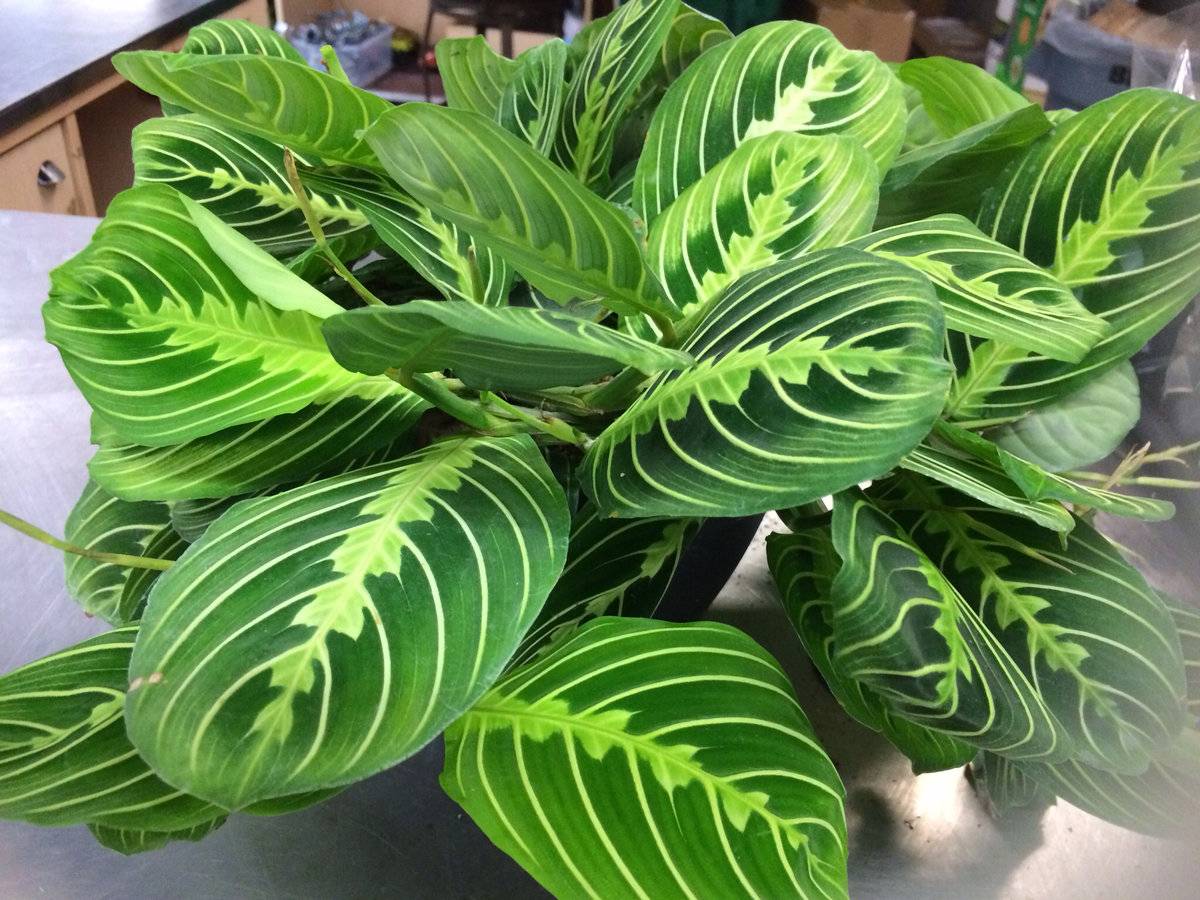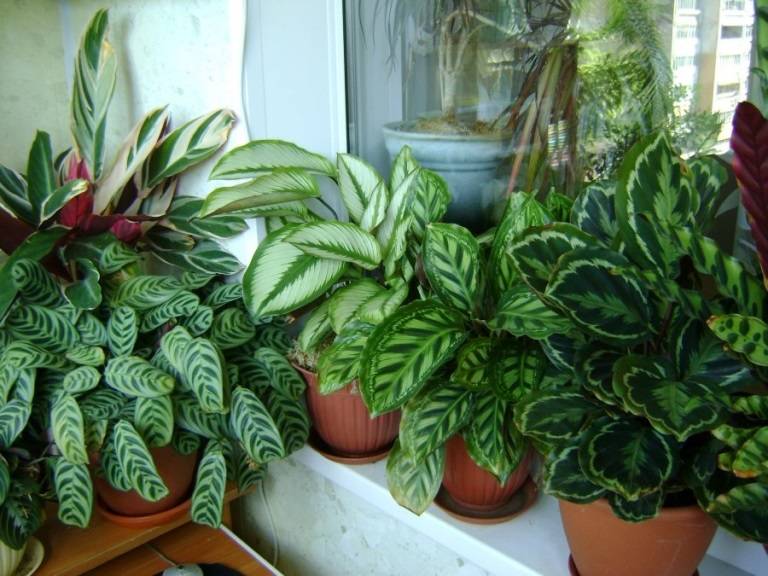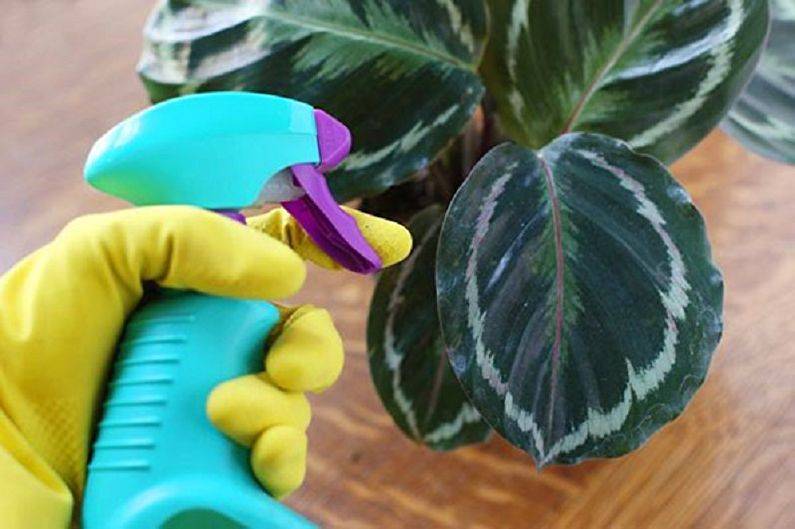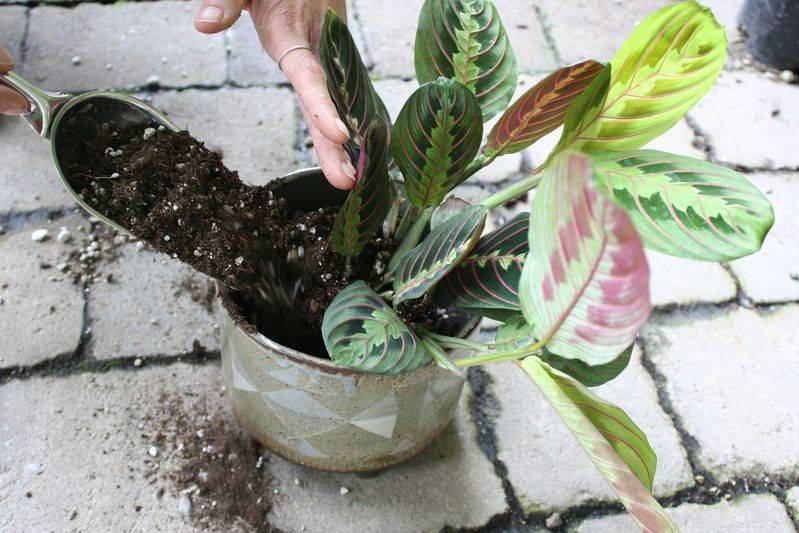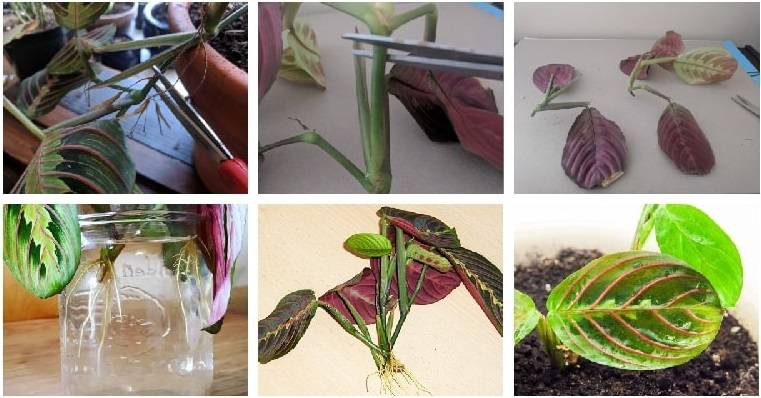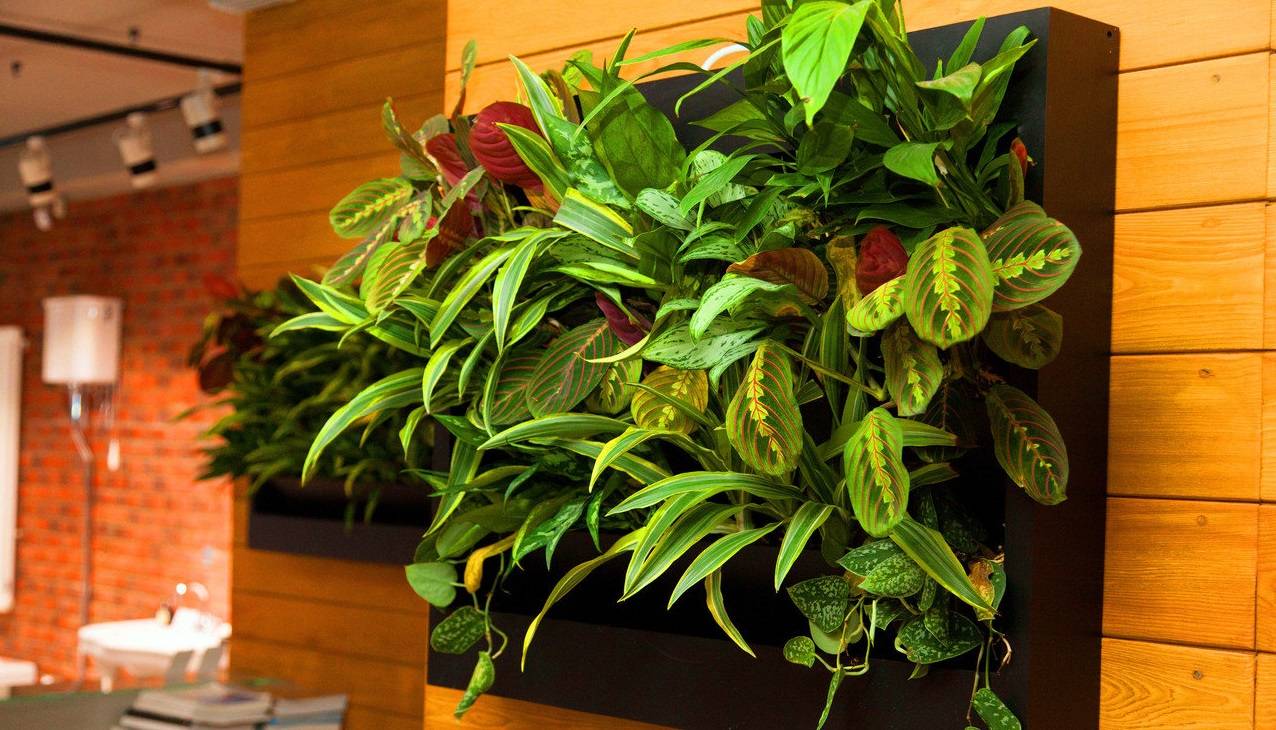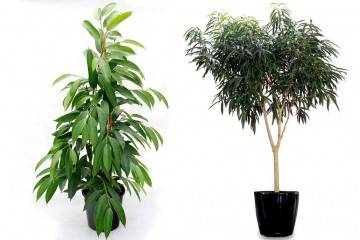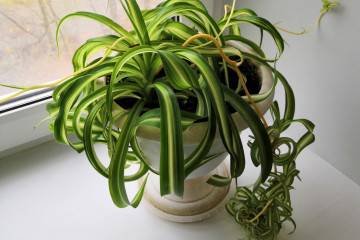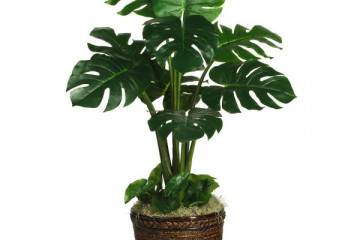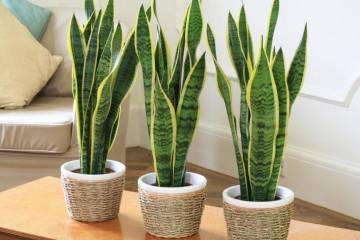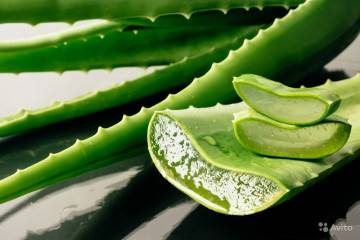Arrowroot flower - home care
Content:
Taking care of an arrowroot flower at home is easy. So that it retains its natural color, does not shed leaves and does not die, it is necessary to fulfill a number of requirements. The care of the grower will not only help the plant to feel great, but will allow it to achieve flowering.
Botanical description of the flower
Arrowroot is a flower, according to the description, which is a herbaceous perennial tropical plant belonging to the Marantov family.
The culture has straight or creeping shoots. The shape of the leaves varies from oval-round to linear-lanceolate. On the surface there is a patterned pattern of symmetrically located lines and spots.
A variety of arrowroot tricolor in favorable conditions keeps the leaves in a horizontal plane. When an inappropriate temperature, lighting or watering regime is established, the leaves take an upright position, or they can curl up into a tube.
Common varieties
The exotic plant Maranta has about 40 different plant species, 26 of which are considered ornamental. Most often, the following cultural representatives are found in stores and on window sills:
- arrowroot whitish;
- Kerchoven arrowroot (kerchoveana);
- arrowroot Masange (massangeana);
- arrowroot tricolor (tricolor, red-toothed, leuconeura);
- arrowroot two-color (bicolor);
- arrowroot reed.
These varieties have become widespread due to the relative adaptation to home conditions.
Arrowroot arrowroot
Tuberous roots, the length of the stem rarely exceeds 30 cm.The leaf plate is thin, rounded-elongated, cordate at the base, reaches 9 cm in width and 15 cm in length.The upper part of the leaf is dark green with a pale pattern, excised with white veins, the seamy surface is bluish green or pink purple.
Maranta Kerhovena
Plant height does not exceed 25 cm. Oval leaves 5 cm long are attached to short petioles. The outer surface of the leaf plate is juicy green, covered with many dark green spots, the central vein is decorated with a white stripe. The reverse side of the leaf is painted in pale blue or pale reddish shades. The inflorescences contain 2-3 small flowers.
Maranta Masange
This species is very similar to Kerhoven's arrowroot. This plant is distinguished by the color of the leaves: they are covered with spots not of a dark green color, but ranging from olive brown to almost black.
Arrowroot tricolor red-plated (tricolor)
The leaf plates are about 13 cm long and about 6 cm wide. They are painted in various shades of green. The pattern consists of red veins and pale green spots stretching along the central vein, dark green spots similar to feathers are located parallel to the lateral veins. The lower part of the leaves is crimson with pinkish veins. The flowers are small, pale lilac.
Arrowroot bicolor
A distinctive feature of the variety is the absence of tubers on the roots. Leaves are oval, 15 cm long, with a wavy edge.On the front of the plate, brownish spots are located on the sides of the central vein. The lower part of the leaf is pubescent, has a pale red color.
Arrowroot reed
A fairly tall plant, forming a bush of about 100 cm. The rhizome is thick, forming tubers. Leaves are oval, elongated, up to 25 cm long, pointed at the ends. The seamy part is pubescent, has a dark green color. The buds and flowers are white.
Healing properties
Few know that arrowroot has healing properties. In traditional medicine, the plant is used for dietary and baby food, as well as as a means of strengthening the body.
The history of the arrowroot
The natural habitat is the swampy rainforests of Central and South America. The flower owes its name to the Italian botanist and physician Bartolomeo Maranta, who lived in the 16th century. Other names for the culture are prayer plant, praying herb, fascinator.
Features of caring for a plant at home
Arrowroot takes care at home very well. But the plant is sensitive to changes in the external environment and reacts to the slightest changes in lighting, humidity, temperature.
Temperature
In the summer, the air temperature should be kept within 23-25 ° C. Particular attention must be paid to ensure that the roots are not overcooled, which means that the soil temperature should not fall below 18 ° C. From autumn to next summer, it is optimal to keep the room at 18–20 ° C.
The maximum forced decrease in heat in the room should not drop more than 10 ° C, otherwise the plant will die. You should also protect the flower from drafts and sudden temperature changes.
Lighting
The flower needs light, bright, but diffused. It is advisable to install the pot on a windowsill facing east or west, another position may not work.
Watering
In spring and summer, the flower is watered abundantly, making sure that the earthy clod does not dry out and does not experience prolonged waterlogging. In the cold period, watering is moderate and only after the soil in the pot has completely dried out. The water with which the flower is watered should be warmer than the temperature in the room. It is also recommended to defend it during the day.
Humidity and spraying
The answer to the question of why the tips of the leaves of the arrowroot dry out will always be - excessive dryness of the air. Throughout the year, the flower is sprayed from a spray bottle with settled soft water. Additionally, you can install a pallet with wet expanded clay next to the plant.
Soil and dressing
The flower shows soil with a slightly acidic reaction. You can independently compose it from peat, humus and leafy earth in proportions of 1/1/1. It will not be superfluous to add crushed charcoal and a small amount of earth from under a coniferous tree.
In summer, fertilization will be beneficial once every 2 weeks, in winter - once a month. Organic and mineral compositions for ornamental deciduous plants alternate. The dosage should be 2-3 times lower than that recommended on the package.
Features of winter care
The dormant period for the plant begins in mid-autumn and ends at the very beginning of spring. During this phase, over-watering can be harmful. Due to the increased dryness of the air due to the inclusion of heating, special attention should be paid to regular moistening of the leaves.
Bloom
Many growers who grow the plant sometimes do not even know how arrowroot blooms, as this happens extremely rarely.The flowers are small, funnel-shaped, from white to deep lilac in color.
If the plant was able to form buds, then ideal conditions were created - it is necessary to continue to do everything that preceded the appearance of buds.
Pruning
The flower tolerates pruning well. The procedure is resorted to to form a lush bush. It is also necessary to promptly remove withered leaves and stems with dried flowers. Carry out pruning actions regularly, as the plant grows. In this case, sharply honed disinfected scissors are used.
Plant propagation
Florists often wonder about the reproduction of arrowroot. The easiest way to do this is by dividing the bush at the next transplant, or simply by rooting the cutting. Due to the rare flowering of arrowroot, it is almost impossible to obtain seed material of the plant and it will be extremely difficult to reproduce in this way.
Rooting cuttings
The procedure is carried out from May to September. For this, shoots with a length of about 10 cm with 2-3 nodules and leaf plates are selected. The stem is carefully cut and placed in clean water, which is changed every 2-3 days. The roots should appear within 3-4 weeks.
Dividing the bush
During the spring transplant, the arrowroot bush is removed from the pot and divided into several equal parts, dissecting the roots with a sharp knife or scissors. Each seedling is placed in its own container with suitable soil and watered with settled water.
Planting tubers
Florists with experience know that arrowroot can be propagated by planting tubers that form on the roots. They are carefully separated during transplanting, placed in a light soil mixture or moss and arranged in a greenhouse. After a while, sprouts should appear.
Transfer
An adult flower is transplanted once every 2 years with the onset of spring heat. Before transplanting, pruning of dried greens is carried out in order to ensure better development of the plant. The container for arrowroot is taken low and wide, slightly larger than the previous one. Drainage must be poured into the bottom.
Possible growing problems and diseases
If the care technique is violated, the plant may be subject to the following problems:
- The tips of the leaves begin to dry and curl.
- Rot occurs.
- Dry or dark atypical spots appear on foliage.
- Greenery discolors and turns yellow.
- The plant is attacked by pests.
You can cope with painful conditions by transplanting a flower and restoring the required growing conditions. Insects are eliminated with appropriate insecticides.
Signs and superstitions
The flower is credited with the ability to protect the house from negative energy. It is believed that arrowroot fascinator attracts wealth and luck to owners, brings happiness, saves family well-being and prevents marital quarrels. In England, they strive to acquire this plant in every living room.
Providing the proper conditions for the flower, you can get a lush, beautiful plant. Arrowroot tricolor responds gratefully to home care and will invariably delight with its patterned leaves every day for many years.
